Custom Utility Trenching Solutions for Your Site Needs
Utility trenching involves creating channels underground to install or repair essential infrastructure such as water lines, electrical cables, and telecommunications. Various professionals and companies specialize in providing these trenching services, ensuring safety and efficiency. When hiring a professional for utility trenching, expect a thorough assessment of the site, proper planning, and adherence to safety standards. The process typically involves excavation, trench stabilization, and backfilling, all performed with specialized equipment.
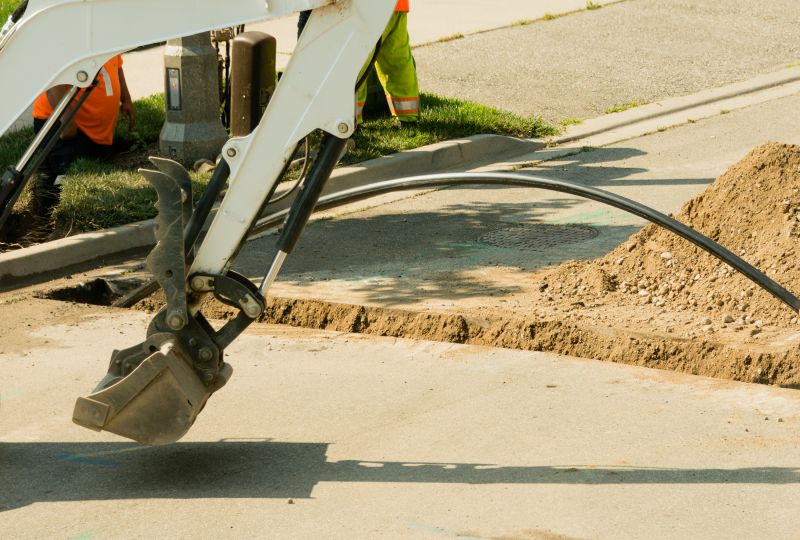
These professionals operate heavy machinery to dig trenches precisely where utilities need to be installed or repaired.
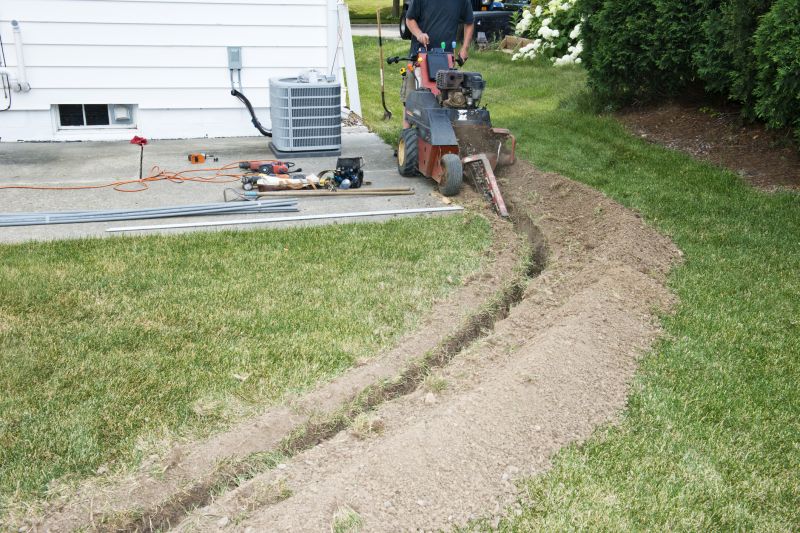
They coordinate the entire trenching process, ensuring compliance with local codes and safety regulations.
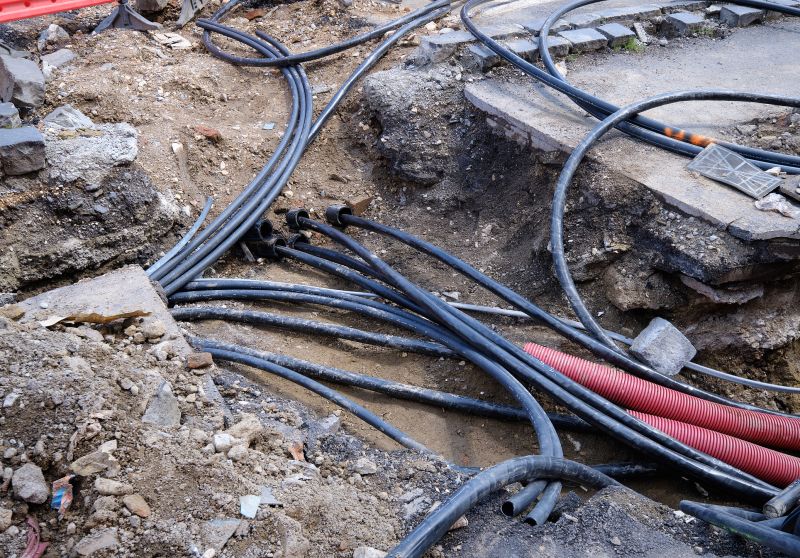
Surveyors mark underground utility lines and plan trench routes to prevent damage to existing infrastructure.
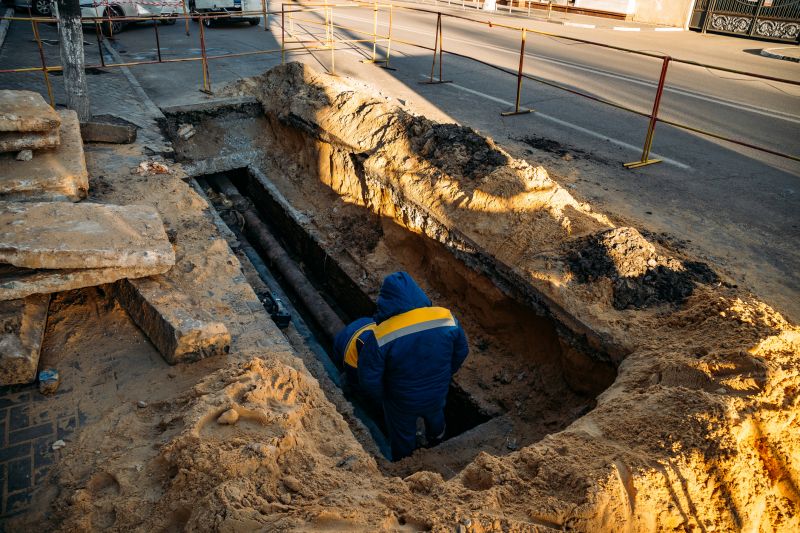
Ensure that trenching operations meet safety standards to protect workers and surrounding structures.

Provide specialized trenching machinery and tools necessary for efficient excavation.
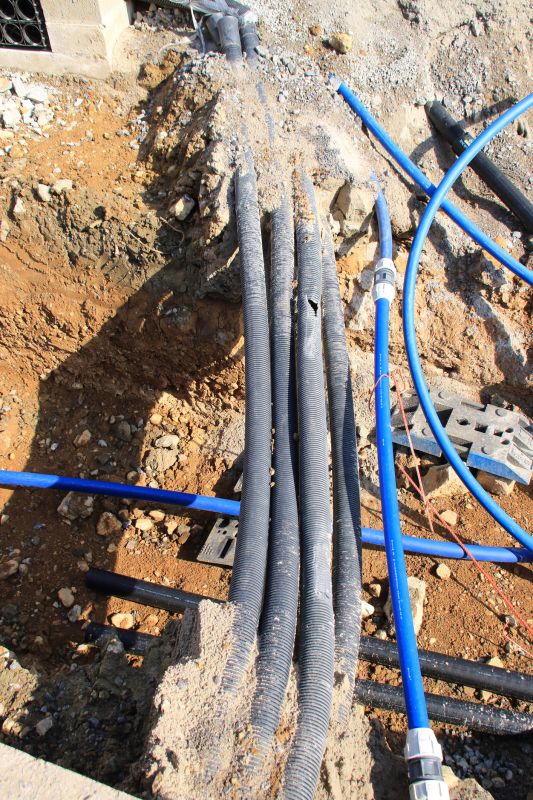
Handle the placement of cables, pipes, and other utilities within the trenches after excavation.
Often responsible for trenching when installing new utility lines or upgrading existing infrastructure.
Companies that focus solely on trenching services for various utility needs.
Handle utility trenching as part of larger building or infrastructure projects.
When is the best time to hire someone to do Who Does Utility Trenchings? The ideal time is during the planning phase of a construction or renovation project, before laying foundations or installing surface features. Early engagement ensures proper coordination, minimizes disruptions, and allows for accurate utility placement. Avoid scheduling trenching during extreme weather conditions or when ground conditions are unsuitable, as this can delay work and increase costs.
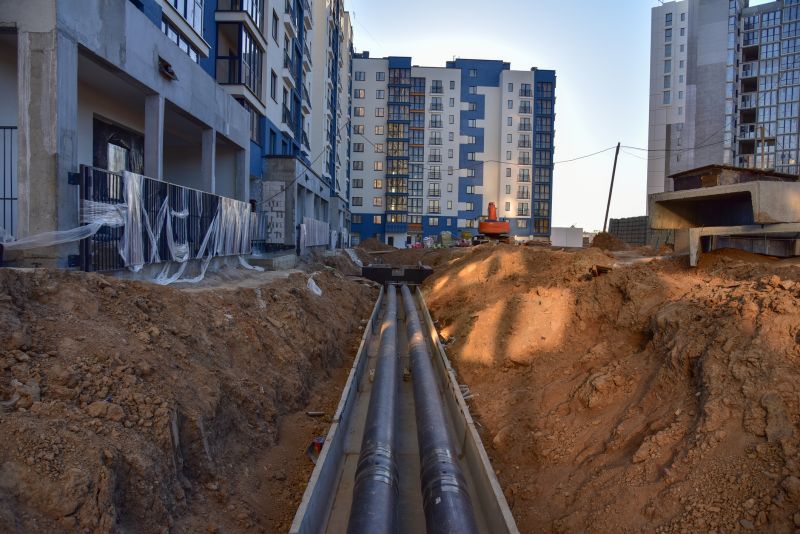
Engaging professionals early helps coordinate utility routes and avoid conflicts with existing infrastructure.
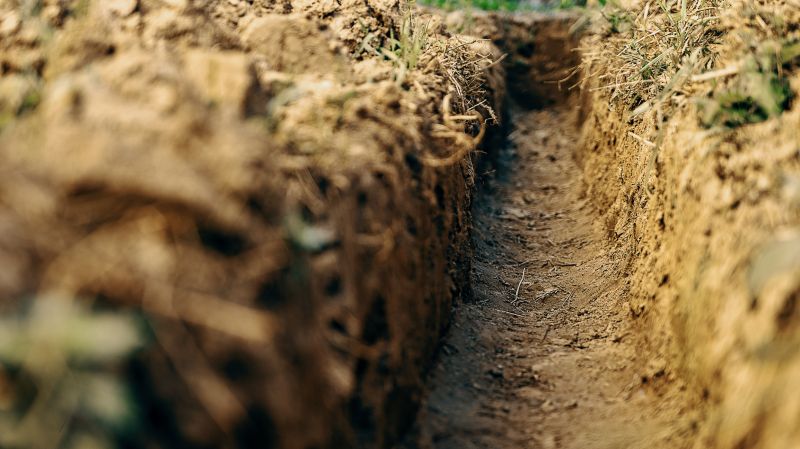
Spring and fall are often ideal seasons for trenching due to moderate weather and soil conditions.
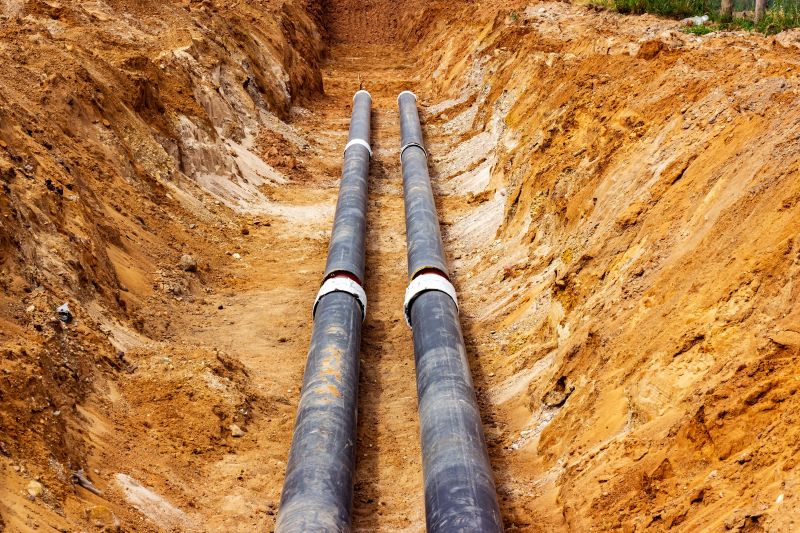
Coordinate with local utility providers to ensure timely service and avoid delays.

Avoid trenching during heavy rain or snow to ensure safety and proper soil stability.

Plan trenching early in the project timeline to streamline utility installation and minimize project delays.

Secure necessary permits before trenching to comply with local regulations and avoid penalties.
If you're considering utility trenching for your property or project, it's important to choose experienced professionals who understand local codes and safety standards. Proper trenching ensures reliable utility service and prevents costly damages or delays. Reach out to a qualified service provider today by filling out our contact form to receive a personalized quote and get started on your project with confidence.
